David Furnish on life through photography with Elton John: “It’s a window into our soul”
9 min read
David Furnish chats with Esme Bertelsen about ‘Fragile Beauty’ a V&A exhibition devoted to the photography collection he’s built during his life with Elton John
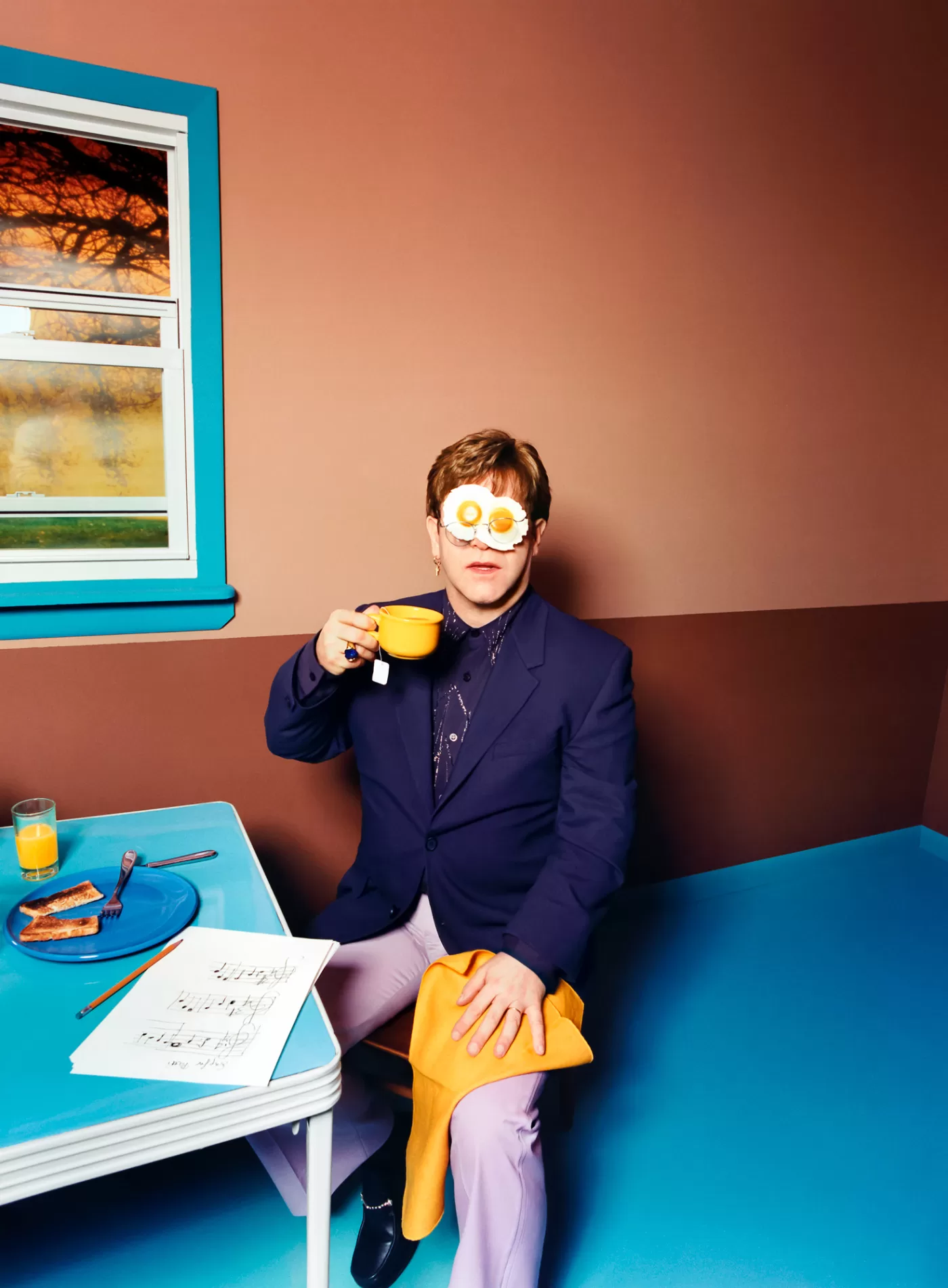
David LaChapelle, Elton John: Egg On His Face, New York, 1999 © David LaChapelle
Whether you’re meeting David Furnish for the first time or you know him as well as I do, he will always greet you with warmth and generosity. It’s a warm afternoon in June and we meet outside the V&A, where David and his partner of 30 years, Elton John, are currently exhibiting a major show of their personal photography collection titled ‘Fragile Beauty’. David looks naturally chic in his Dior summer attire. I’ll be his willing student for the next two hours.
Richard Avedon’s 1981 portrait of a beekeeper opens the exhibition, hung in its own space beneath a white spotlight. Here exists that knife edge between life and death, attraction and repulsion, beauty and horror, glamour and reality that so encapsulates this collection.
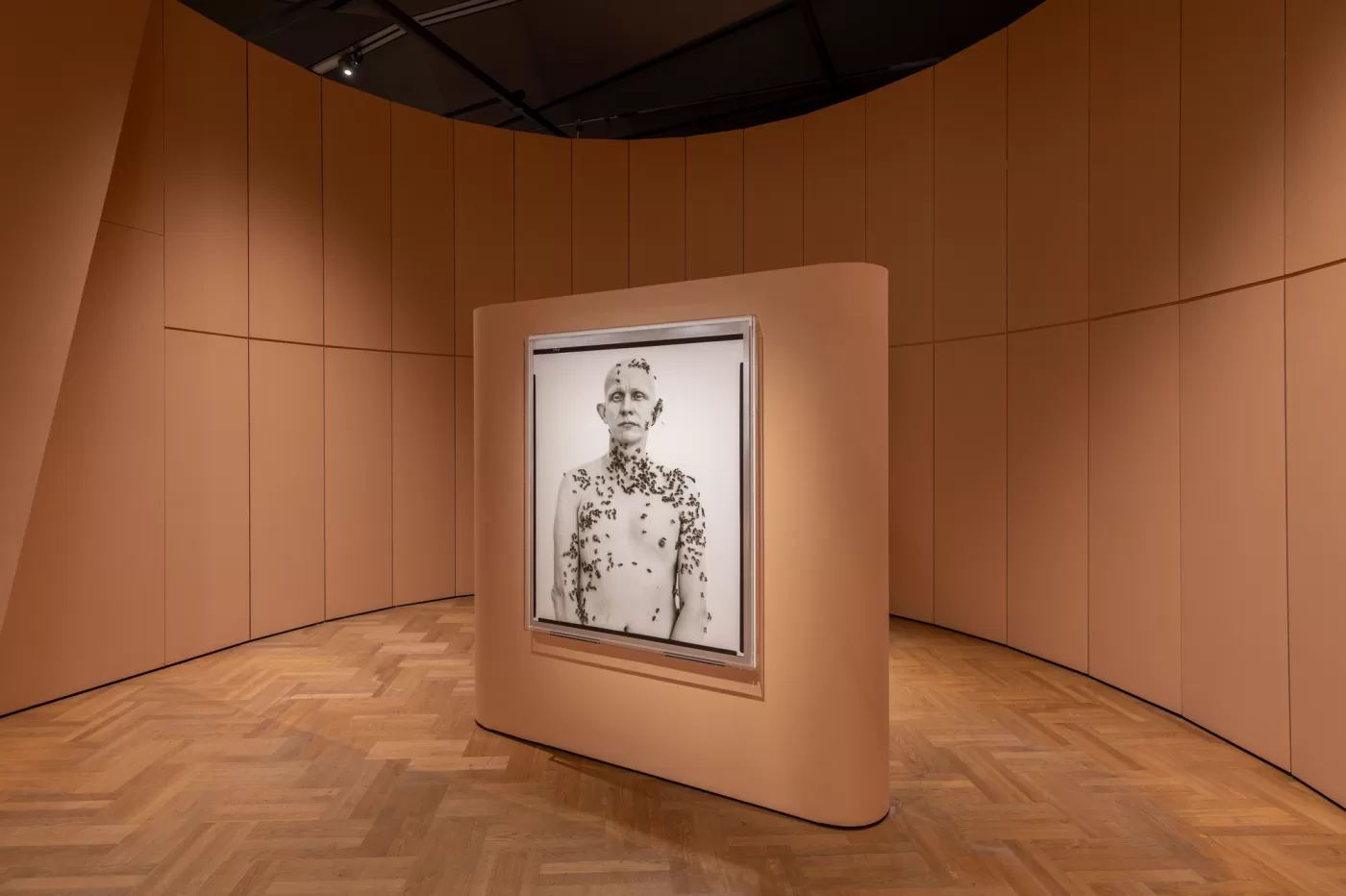
Richard Avedon, Ronald Fischer, beekeeper, Davis, California, May 9, 1981. Installation view of ‘Fragile Beauty’ at V&A South Kensington © Victoria and Albert Museum, London
I ask David where it all began. He walks me over to a photograph of a ballerina from Horst. P. Horst’s Round The Clock series (1987), which Elton bought in 1991. This work marked a milestone in Elton’s life, David tells me. “Recently sober, he looked at photography in a way he’d never noticed before”… “I think, as his head was so immersed in music, it wasn’t till he got sober that the blinkers came off his eyes”. Two years later, Elton paid $193,895 USD for Man Ray’s Glass Tears (1932), which, at the time, was the world record price for a photograph. These photographs mean a lot because they pinpoint “when Elton became serious about photography”, as David explains.
I know David well, he is my godfather, but having walked around the exhibition with him I realise how much more you can learn about someone through the art they acquire. For David and Elton, photography is a deep passion and their desire to collect is extremely personal. This collection is not a display of wealth, academic prowess, or even artistic value, but rather, as David describes it, “a window into our soul” and a “portal to our life”, whether that be their interests, memories or inspirations.
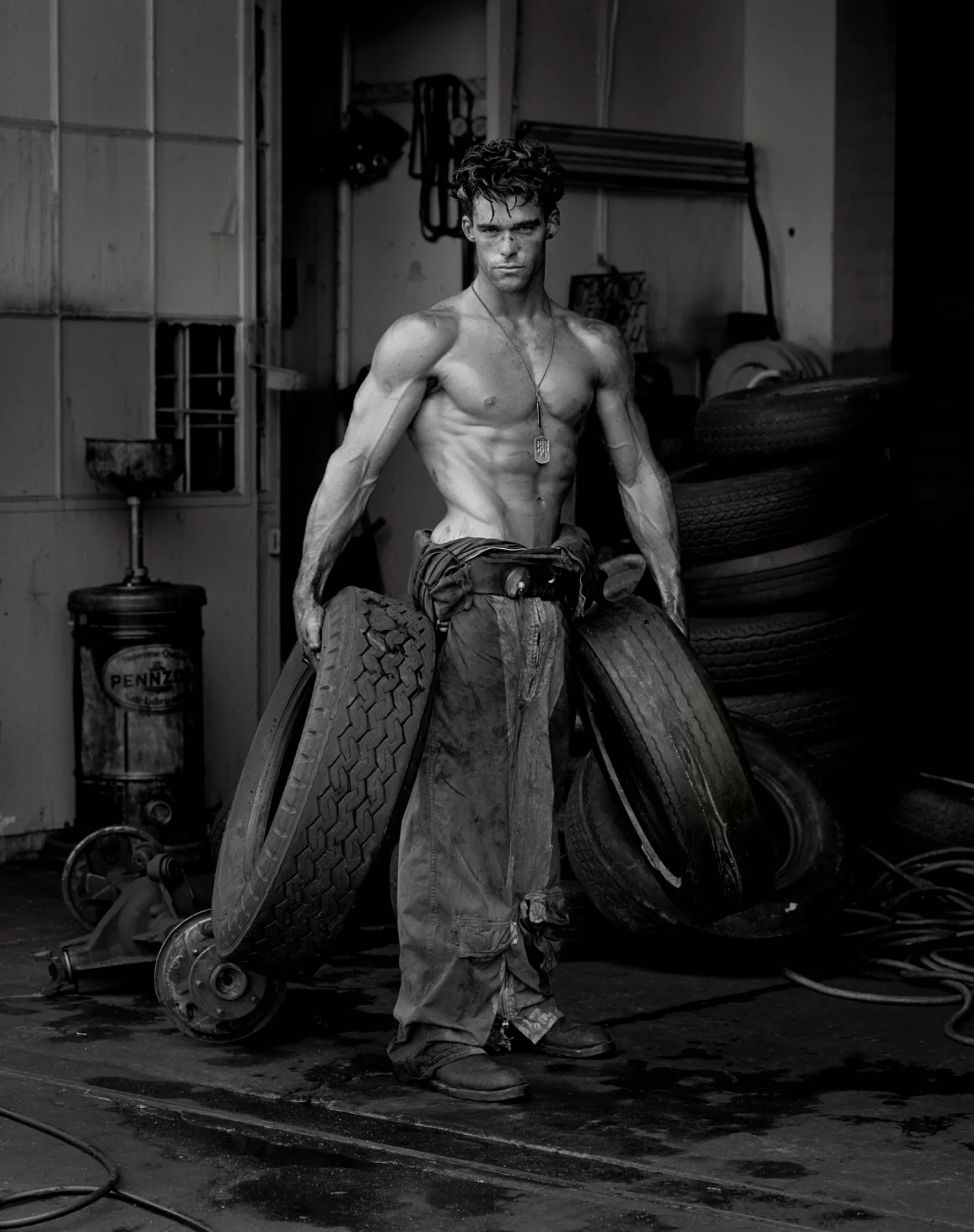
Herb Ritts, Fred with Tires, Hollywood, 1984 © Herb Ritts, courtesy of Fahey Klein Gallery, Los Angeles
These photographs say more about David and Elton’s relationship and their shared values than anything you read online or hear on the radio. Anecdotes are embedded in every image. For example, we stop at Fred with Tires by Herb Ritts (1984) and David tells me about the first night he and Elton met. They bonded over photography, Ritts in particular, who was a close mutual friend and a huge supporter of the Elton John AIDS Foundation, but sadly died from AIDS himself in 2002, aged 50. They collect because they have a “connection with the image or what the image is about or the people or associated with it”; the collection is a physical expression of their personal lives, of their individual and combined character.
In the next section, ‘Stars of the Stage and Screen’ we look at the first photograph in the room, the 1956 portrait of Elvis by Lew Allen. It is appropriate to start with Elvis as he changed everything for Elton musically. The first time Elton saw The King on the front of a magazine, he thought he looked like he was from Mars because he was the most beautiful man he’d ever seen. After that, Elton converted to Rock ‘n Roll and never looked back. Much of the exhibition features its star. Elton’s character comes to light through the photographs in their collection, and certain works give a special insight into this. Next is Mario Testino’s 2002 photograph of Elton’s hands. David and Elton believe that hands are even more distinctive to a person than their faces. This is particularly the case for Elton who, as David describes, has “famously short arms and stumpy fingers. He says they’re like chipolatas”. But jokes aside, this was what informed his unorthodox style as a pianist; instead of reaching for the keys, he bounces on them, creating a unique sound.
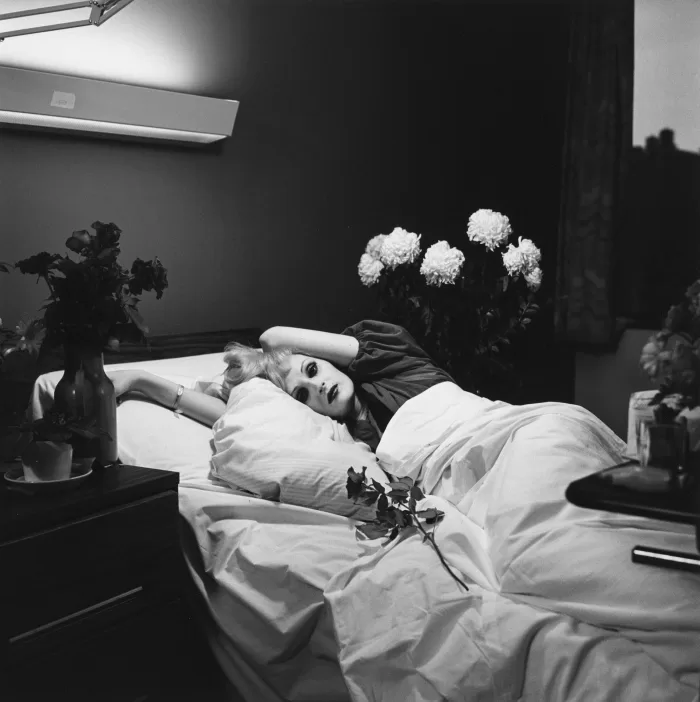
Peter Hujar, Candy Darling on her Deathbed, 1974 © 2023 The Peter Hujar Archive, LLC / Artists Rights Society (ARS), New York

Peter Hujar, Divine at the Metropolitan Museum Russian Opening (III), 1976 © 2023 The Peter Hujar Archive, LLC, Artists Rights Society (ARS), New York, DACS, London
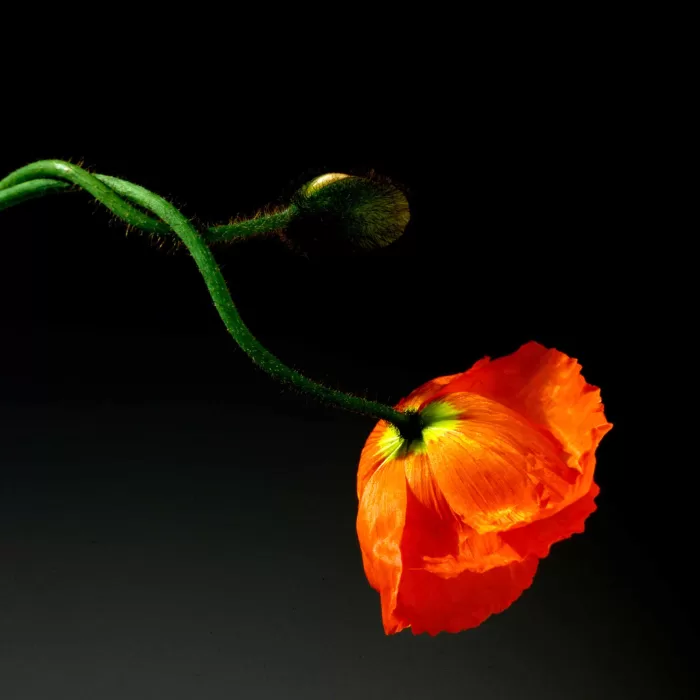
Robert Mapplethorpe, Poppy, 1988 © Robert Mapplethorpe Foundation. Used by permission
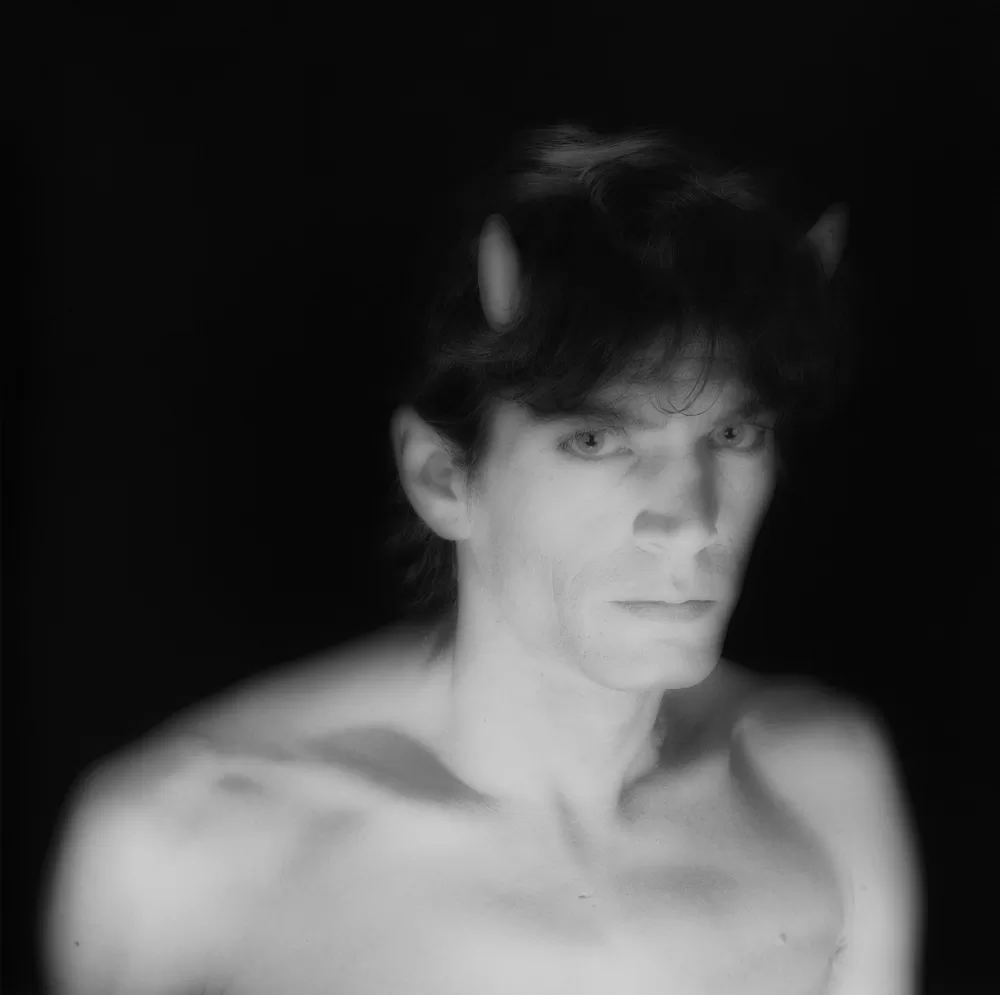
Robert Mapplethorpe, Self Portrait, 1985 © Robert Mapplethorpe Foundation. Used by permission
We continue on our journey, walking through the rooms of ‘Desire’ and ‘Reportage’, discussing homosexuality and the AIDS epidemic. As gay men, this selection of images is really important. It includes works by iconic photographers such as Peter Hujar, Robert Mapplethorpe and Herb Ritts which spotlight gay culture and community. One photograph in this section stops David in his tracks – William Klein’s Demonstration, Act Up, Atlanta (1988). As we look at it, there is a shift in energy. “This is what kept me in the closet for all of the 80s because I was just terrified” David recalls “I thought, ‘I am going to die’”. I have always seen David as wise, strong and open, yet this small window of vulnerability offers a new layer of poignancy. There are a lot of photos of beautiful men in the exhibition, and David and I find lots of common ground here. We agree how seriously “cute”’ Bob Dylan used to be, and how Marlon Brando epitomised sensuous masculinity. I’m reminded that there was a time, for some, when speaking so freely was forbidden, even dangerous.
Elton’s struggle with addiction took up a large portion of his life and is a theme that recurs throughout the show. Nan Goldin’s installation of photographs, taken from her Thanksgiving series have been hung exactly as they were when exhibited at White Cube in 1999-2000 when it was a humble box room in St James’s. When Elton saw Goldin’s photos, David recalls him saying, “You can’t just buy one of these,” to which Jay Jopling responded, “Then buy the whole lot instead!”. And that’s exactly what he did.
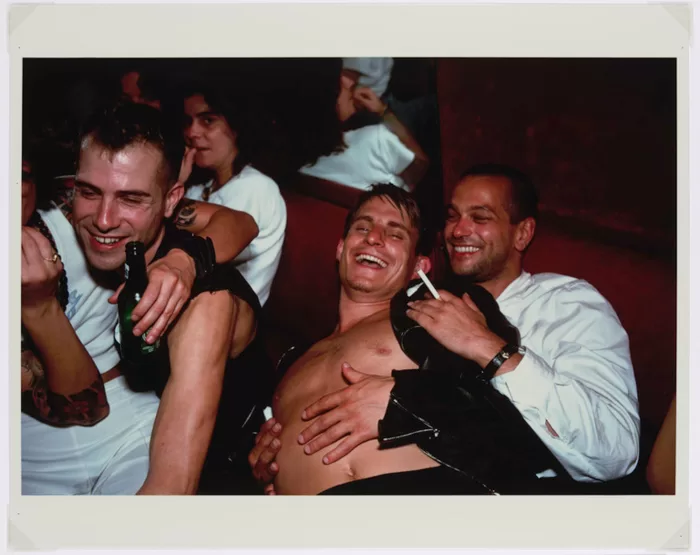
Nan Goldin, Clemens, Jens and Nicolas Laughing at Le Pulp, Paris, 1999 © Nan Goldin. Courtesy of Nan Goldin and Gagosian
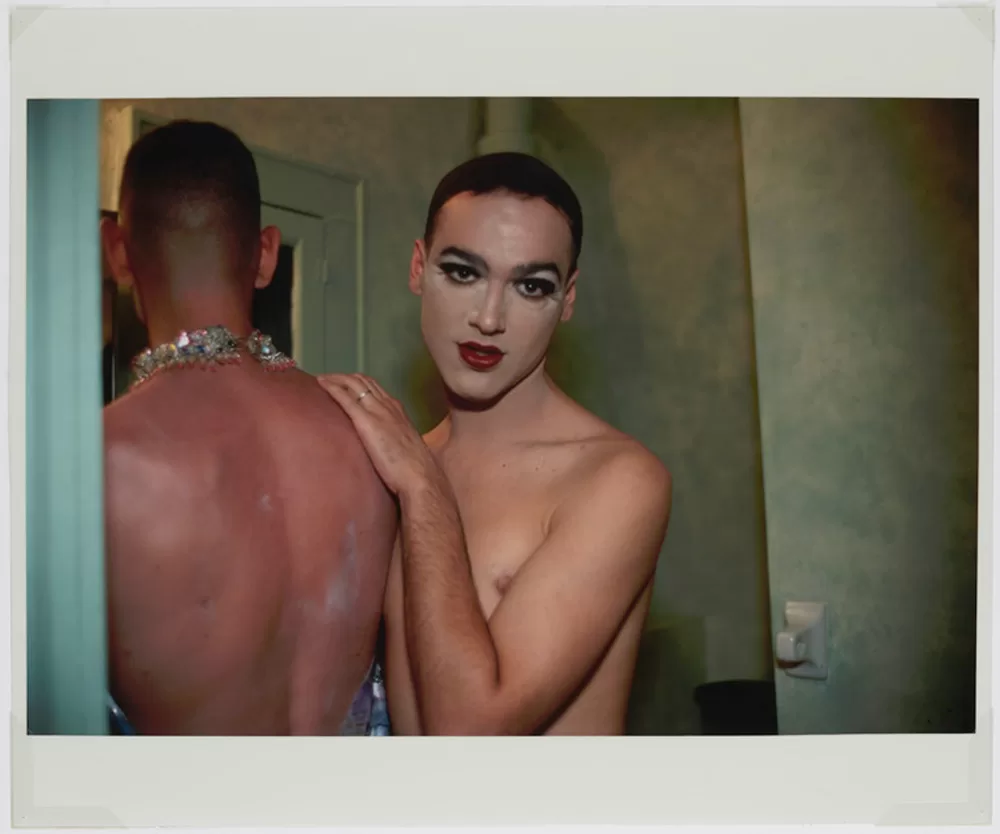
Nan Goldin, Jimmy Paulette and Taboo! In the Bathroom, 1991 © Nan Goldin. Courtesy of Nan Goldin and Gagosian Nan
The hero photograph of the exhibition is David LaChapelle’s Elton John: Egg on His Face. David believes this image says more about Elton than any other. In David’s words, LaChapelle has captured Elton’s “sense of humour, his reverence, his naughtiness, his cheekiness”, all the things David loves so dearly about his husband.
As my tour comes to an end, I reflect on how this show offers the public such a rare insight into Elton and David’s life, far beyond music and fame. The two most important things in their lives are their sons, Zachary and Elijah, who are beautifully captured floating in water by Adam Fuss. It’s this that epitomises what the exhibition is all about – fragile beauty.
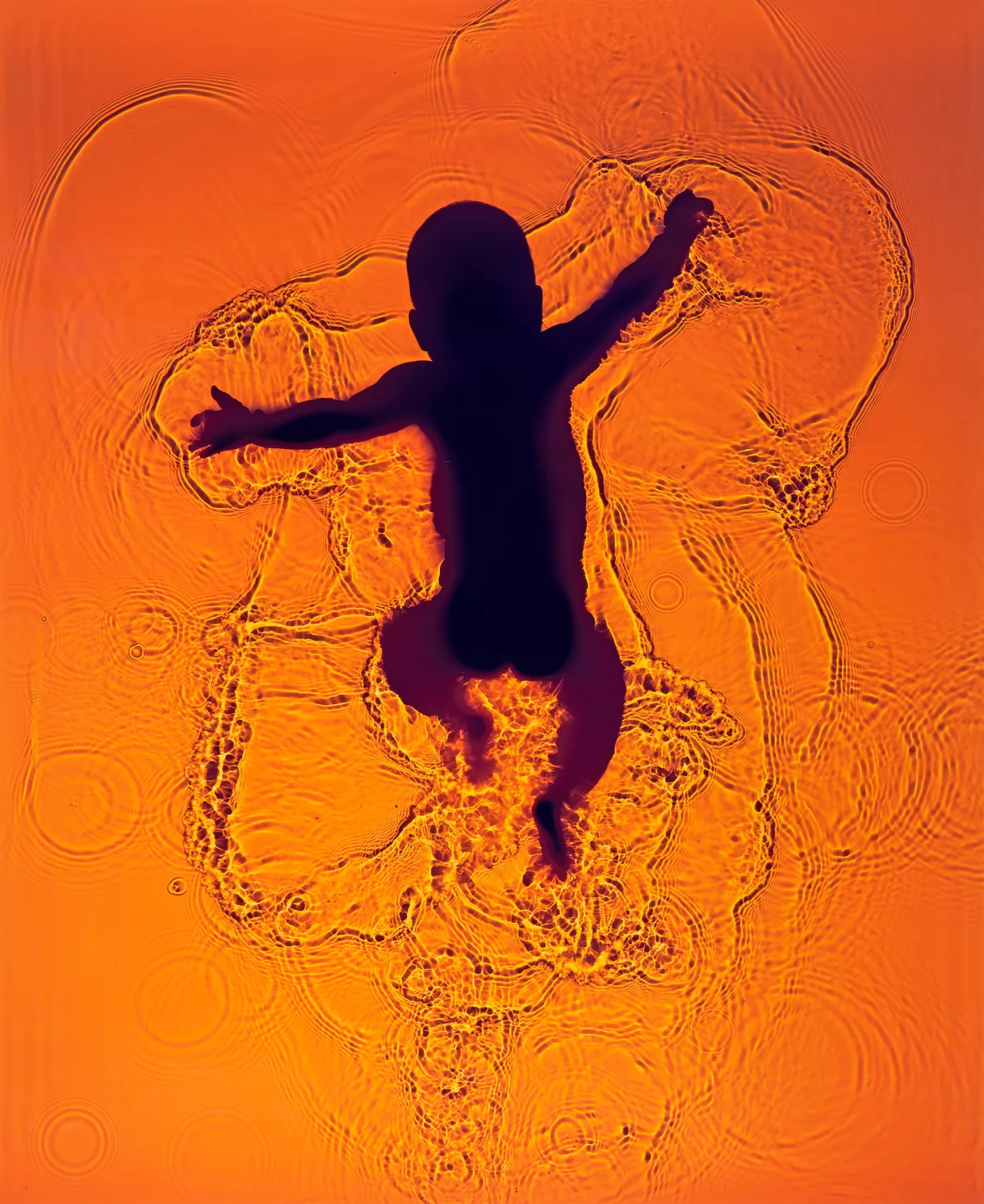
Adam Fuss, Zachary, 2011 © Adam Fuss. Courtesy of the artist and Fraenkel Gallery San Francisco
‘Fragile Beauty: Photographs from the Sir Elton John and David Furnish Collection’, until 5th January 2025. vam.ac.uk